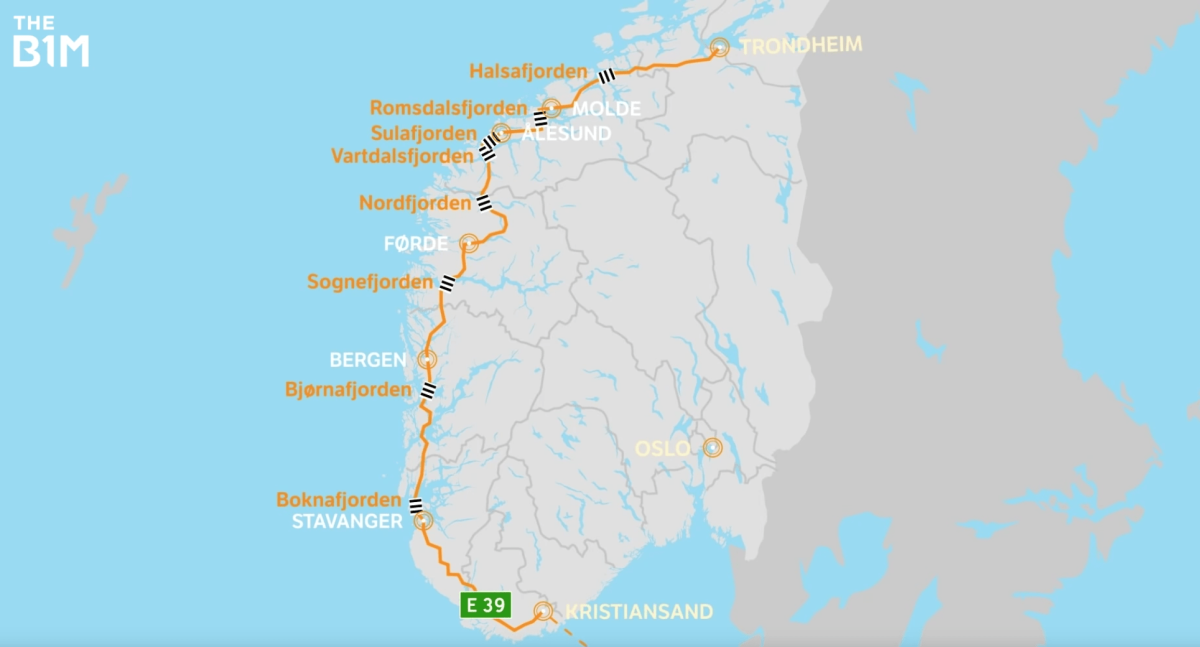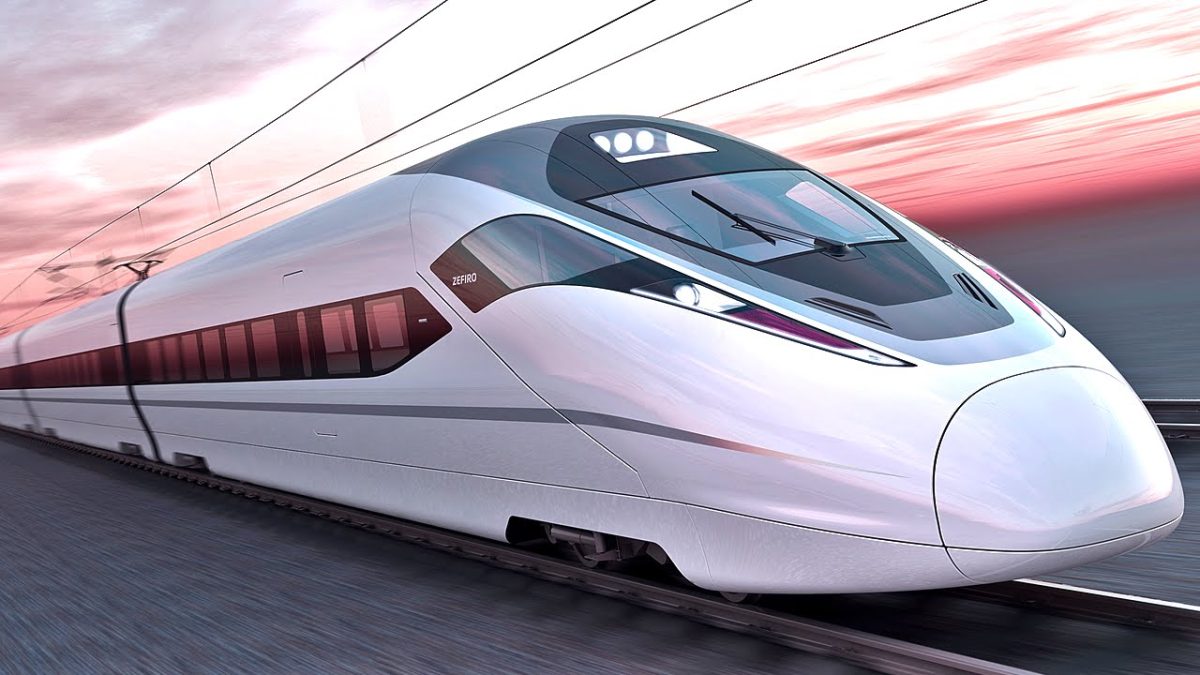Overview of the E39 Coastal Highway
The E39 Coastal Highway represents a monumental infrastructure initiative that is set to transform Norway’s western coastline, with an estimated cost of around $47 billion. This ambitious project aims to connect key urban centers including Kristiansand, Stavanger, Haugesund, Bergen, Ålesund, and Trondheim, creating a comprehensive travel route that spans more than 1,100 kilometers. The primary goal of the E39 highway is to significantly enhance both travel and trade efficiency in the region. By replacing multiple ferry routes with an uninterrupted road network, the highway will drastically reduce travel times and logistical challenges, facilitating smoother transportation for both residents and businesses.
Key Features: The Rogfast Tunnel
A standout feature of the E39 project is the Rogfast Tunnel, which is poised to become the longest and deepest underwater road tunnel in the world at an impressive 27 kilometers. This engineering marvel is designed to eliminate the need for ferry crossings between Randaberg and Bokn, thus streamlining the travel experience for drivers. With the capacity to handle heavy traffic, the Rogfast Tunnel is expected to play a crucial role in decongesting existing routes and improving the overall flow of movement within the region.
In addition to the Rogfast Tunnel, the E39 will also encompass the Sognefjord Crossing, which will involve constructing either a bridge or a floating bridge across Sognefjord, Norway’s largest fjord. This crossing is anticipated to not only enhance connectivity but also offer stunning views of the fjord’s natural beauty. Meanwhile, the Hordfast Crossing will consist of a brilliant combination of suspension and floating bridges designed to traverse the challenging waters of Bjørnafjord and Langenuen, further extending the highway’s reach along the rugged coastline.
Expanding Connectivity: The Romsdalsfjord Crossing
Building on the remarkable engineering feats of the highway is the Romsdalsfjord Crossing, which will include a 16-kilometer underwater tunnel and a 2-kilometer suspension bridge that will connect Ålesund and Molde. This vital segment of the E39 is set to enhance accessibility significantly, making it easier for locals and visitors alike to travel between these picturesque cities. The Romsdalsfjord Crossing reflects Norway’s commitment to modernizing its infrastructure to meet the growing demands of both residents and the tourism industry.
Furthermore, the E39 Coastal Highway is not just about improving current travel times; it is also geared towards attracting tourists to Norway’s natural landscapes. The ability to offer seamless access to iconic destinations along the coast is expected to bolster the local economy and create an environment conducive to increasing tourism. The highway will facilitate the transport of goods, thereby making trade routes more efficient, especially for industries reliant on the maritime economy.
Conclusion
In summary, the E39 Coastal Highway is a visionary project that embodies Norway’s dedication to innovation in infrastructure development. By leveraging advanced engineering to navigate the region’s challenging topography, the highway is anticipated to provide lasting benefits in terms of increased connectivity, economic growth, and regional development. As the project progresses, it will stand as a testament to Norway’s ambition to foster progress while celebrating the breathtaking views and rich culture found along its coastline.
Related Stories:
- https://www.theb1m.com/video/norways-47bn-coastal-highway
- https://www.vegvesen.no/en/road-projects/european-road/e39coastalhighwayroute/film/
- https://www.gonomad.com/168056-connecting-coasts-norways-e39-mega-highway
- https://greekreporter.com/2024/03/19/norway-billion-super-highway-coastline/
- https://www.sciencedirect.com/science/article/pii/S235214651630103X
Take Action:






